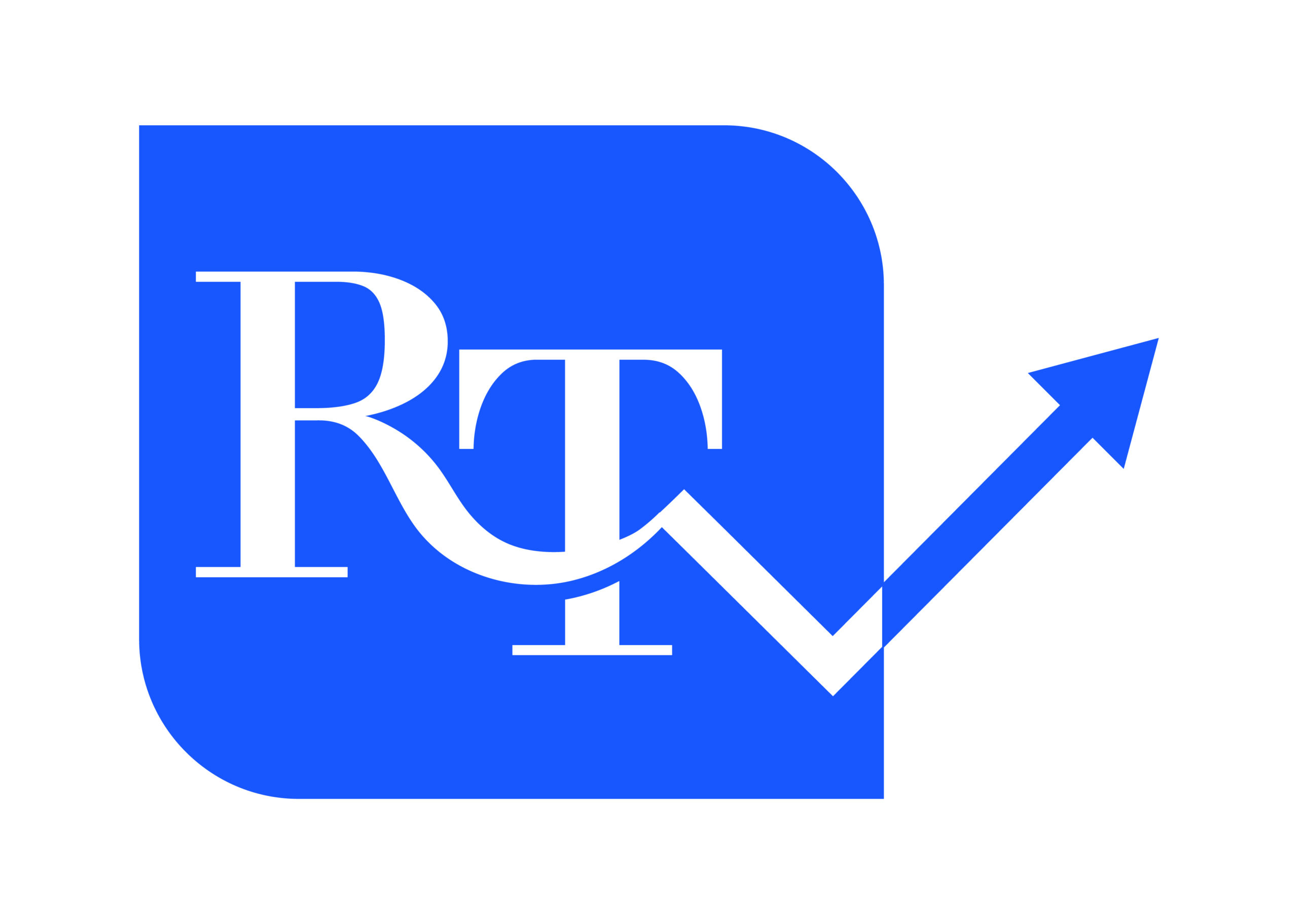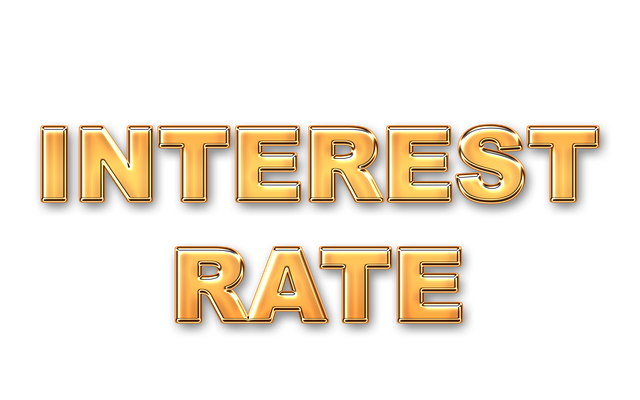Understanding Your Financial Situation
Know where you are
Assess your income, expenses, and savings to understand your current financial situation, on line apps can help with tracking expenses, some banks offer this as a service to customers.
Identify areas for improvement and create a plan to achieve financial stability

Create a Budget:
Start by tracking your income and expenses. Tools like budgeting apps can help you understand where your money goes and identify areas where you can cut back.
Build an Emergency Fund:
Aim to save 3-6 months’ worth of living expenses. Living expenses is everything you spend each month, not luxury spending like holidays but it is good to budget an amount for holidays,eating out, clothing etc This fund will help cover unexpected costs like car repairs or medical bills, so you don’t have to rely on credit cards.
Pay Off High-Interest Debt:
Focus on paying off credit card debt and other high-interest loans. Consider the snowball method (paying off smaller debts first) or the avalanche method (tackling the highest-interest debt first) to get started. Some banks will allow you to transfer in to a new credit card debt from other providers at a low initial or zero interest rate. Pay the minimum while clearing ALL other debt
Interest
Know & understand the way interest is calculated by institutions, the difference between APR and interest rate.
The terms APR (Annual Percentage Rate) and interest rate are often used in finance, and while they are related, they refer to different things. Here’s a breakdown of each:
Interest Rate
Definition:
The interest rate is the cost of borrowing money or the return on investment expressed as a percentage of the principal amount. It typically does not include any additional fees or costs.
Example: If you have a loan with an interest rate of 5%, you will pay 5% of the principal amount in interest each year.
APR (Annual Percentage Rate)
Definition: APR includes not only the interest rate but also any additional costs or fees associated with the loan or investment, such as loan origination fees, mortgage insurance, or other costs. This provides a more comprehensive picture of the true cost of borrowing or the true return on investment.
Example: If you have a loan with an interest rate of 5% but also have an origination fee of $100, the APR might be 5.2%, reflecting the total cost of borrowing including the fees.
Key Differences
Scope:
Interest Rate: Focuses solely on the cost of borrowing or the return on investment.
APR: Provides a broader measure by including other costs and fees.
Calculation:
Interest Rate: Simple percentage based on the principal amount.
APR: Calculated using a formula that incorporates the interest rate and additional costs, often using a standardized method to allow for comparison.
Example for Comparison
Suppose you are considering two loans:
Loan A: $10,000 with an interest rate of 5% and no additional fees.
Loan B: $10,000 with an interest rate of 4.5% but with a $200 origination fee.
Interest Rate Comparison:
Loan A: You pay 5% of $10,000 annually in interest, which is $500 per year.
Loan B: You pay 4.5% of $10,000 annually in interest, which is $450 per year.
APR Comparison:
Loan A: APR would be 5% since there are no additional fees.
Loan B: APR would be higher than 4.5% because the $200 fee is included in the calculation, making the effective annual rate higher.
In summary, while the interest rate tells you the basic cost of borrowing, the APR provides a fuller picture of the true cost by including additional fees. This makes the APR a better tool for comparing different financial products.
Start Saving for Retirement:

The earlier you start, the more you benefit from compound interest. Consider opening a savings account in your country of tax residence or a Pension, which may benefit from tax breaks. Always open an employer scheme if they will match or enhance your monthly contributions as you have an immediate uplift on your savings. Most employer schemes also cover the cost of investing via their pension as normally its borne by the provider of the scheme, even if not its at a much reduced rate as the fixed costs are spread across the number of members in the scheme. Always check what fees are involved before committing, also consider using a Financial Advisor to evaluate the scheme/pension.
You should start by saving 10% of your income, rising to 30% in your 40’s as a rule of thumb.
Average retirement income can vary widely based on factors such as location, lifestyle, savings, and sources of income. Here’s a general overview of average retirement income in various contexts:
United States
In the U.S., average retirement income often comes from a combination of Social Security benefits, pensions, retirement savings (such as 401(k) plans or IRAs), and other sources.
Social Security:
The average monthly Social Security benefit for retirees was about $1,800 in 2023, translating to around $21,600 annually. This amount can vary based on work history and earnings.
Pensions:
Pensions have become less common, but for those who have them, the average pension payment can vary widely. According to some estimates, the average pension payout is around $20,000 to $25,000 per year.
Retirement Savings:
According to data from the Federal Reserve, the median retirement savings for individuals aged 65-74 was around $250,000 in 2023. The income generated from these savings will depend on the withdrawal strategy and investment performance.
Combining these sources, retirees in the U.S. often have total incomes in the range of $30,000 to $60,000 annually, but this can be higher or lower depending on individual circumstances.
United Kingdom

In the UK, retirement income comes from state pensions, workplace pensions, and private savings.
State Pension:
As of 2024, the full new State Pension is around £220 per week, which is approximately £11,000 annually.
Workplace Pensions:
The income from workplace pensions can vary, but many people receive between £5,000 and £15,000 per year depending on there salary, these pensions force employers to provide a pension for employees and also contribute on their behalf. The UK government provides tax relief on employee contributions and all employer contributions are an allowable expense for corporation tax.
Private Savings:
The average income from private savings and investments can vary widely.
Overall, UK retirees might see an average total income ranging from £15,000 to £30,000 annually, depending on their individual circumstances. ISA’s are popular both cash & equity versions as they are tax efficient. The recent large increases in house prices has contributed to higher net wealth especially in the South, however this has also effected the older generations are more Inheritance tax is being paid.
In the UK, inheritance tax (IHT) is a tax on the estate of someone who has died. As of 2023, here are the key details about inheritance tax:
Inheritance Tax Basics
Threshold:
The standard inheritance tax threshold, known as the nil-rate band, is £325,000. This means that if the value of the estate is below this amount, no inheritance tax is due.
Rate:
The standard rate of inheritance tax is 40% on the value of the estate above the nil-rate band.
Additional Allowances:
There are additional allowances that can increase the threshold:
Residence Nil-Rate Band (RNRB):
If the deceased’s estate includes a home that is passed on to direct descendants (children or grandchildren), there is an additional allowance of up to £175,000 (in the 2023/24 tax year). This can be added to the standard nil-rate band, increasing the total threshold to £500,000 for those who qualify.
Estate Value Calculation
To determine if inheritance tax is owed, you calculate the value of the deceased’s estate, which includes:
Property: Money: Investments: Personal Belongings:Gifts:
Example
Example 1: If an estate is valued at £400,000, the inheritance tax would be calculated on £75,000 (£400,000 – £325,000), at the rate of 40%. The tax owed would be £30,000.
Canada

In Canada, retirement income comes from sources like the Canada Pension Plan (CPP), Old Age Security (OAS), and personal savings.
CPP:
The maximum monthly CPP benefit for new retirees in 2023 was approximately CAD $1,306, which equates to around CAD $15,672 annually.
OAS:
The maximum OAS pension in 2023 was about CAD $615 per month, or CAD $7,380 annually.
Personal Savings:
Income from personal savings and pensions can vary.
Combining these, average retirement income in Canada might range from CAD $25,000 to CAD $40,000 annually.
Australia

In Australia, retirement income primarily comes from the Age Pension and superannuation savings.
Age Pension:
As of 2024, the maximum Age Pension is around AUD $1,104 per fortnight for a single person, or AUD $28,704 annually.
Superannuation:
The income from superannuation can vary widely. The average superannuation balance for retirees is about AUD $300,000, generating income that can range depending on the drawdown strategy.
Overall, Australian retirees might see an average total income ranging from AUD $30,000 to AUD $60,000 annually, depending on their superannuation balance and other factors.
Build Your Credit Score:
A good credit score can help you secure better loan terms and lower interest rates. Pay bills on time, keep credit card balances low, and avoid opening too many new accounts at once.
Invest Wisely:
Educate yourself about investment options like stocks, bonds, and mutual funds. Consider low-cost index funds or ETFs for a diversified investment approach. If you’re unsure, consulting a financial advisor might be helpful. To book a free 1 to 1 meeting with Robin CLICK HERE
Set Financial Goals:
Whether it’s saving for a down payment on a house, starting a business, or traveling, setting clear, achievable goals can help you stay focused and motivated. Avoid habits that cost money for no material benefit, eg that coffee on your way to work, the subscription you never use.
Consider Insurance:
Health insurance, renters’ insurance, and even disability insurance can protect you from unexpected expenses. Shop around for the best coverage and rates. Health & Critical Illness insurance is very cost-effective the younger you are, most rates are also fixed for life, so consider protection.
CLICK HERE for a blog explaining the difference between life insurance products
Keep Learning:
Financial literacy is an ongoing process. Read books, listen to podcasts, and stay updated on financial trends and tips. The more informed you are, the better decisions you’ll make.
Plan for Major Life Events:
If you’re planning to move, get married, or start a family, factor these into your financial planning. These events can significantly impact your budget and financial goals.
Avoid Lifestyle Inflation:
As your income grows, it’s tempting to increase your spending. Instead, focus on saving and investing the extra income to build wealth over time. some of the highest-spending people are the ones that are highest earners, its not what you spend that counts later in life. It is what you have saved or accumulated in assets that allow you to have flexibility & freedom.
Subscriptions to software services, think Apple, Netflix, JumpSpeak, all are relatively low value but together can easily add up to hundreds per month, are they essential?
Regularly Review Your Finances:
Check in on your budget, savings, and investments regularly. Adjust your plan as needed to stay on track with your goals and adapt to changes in your financial situation.
Consider seeking the help of a financial advisor to get personalized advice
It has been demonstrated many times by data analytics that people working with a financial advisor get a much better return & outcome on their savings & investments that those who do not.
Estate Planning
Put an estate plan in place
Consider creating a will, power of attorney, and living will to ensure your wishes are respected, regardless of your age, its important for you & potentially your future family
Review and understand the terms and conditions of your estate plan, always have a copy of important documents in 2 places, your lawyer/bank & within your family.
Consider seeking the help of a financial advisor or attorney to create a personalized estate plan
Review and adjust your estate plan regularly to ensure it’s up-to-date
Achieving Financial Security
Create a comprehensive plan
Consider creating a comprehensive financial plan that includes budgeting, saving, investing, and protecting your finances
Review and understand the terms and conditions of your financial plan
Consider seeking the help of a financial advisor to create a personalized financial plan
Review and adjust your financial plan regularly to ensure it’s aligned with your financial goals
Financial Advice
Speak to a number of advisors & request a “discovery” or “free” 1 to 1, most will be happy to provide a 30-minute session for new potential clients, especially younger ones. Ask questions on how they are structured, licensed, qualified and how they are paid, to avoid conflicts of interest. Advisors can be paid on a fee-only basis or attract commission from providers they use.
CLICK HERE TO WATCH A VIDEO explaining questions you should ask a financial advisor & why working with Robin & the team is a great choice !

